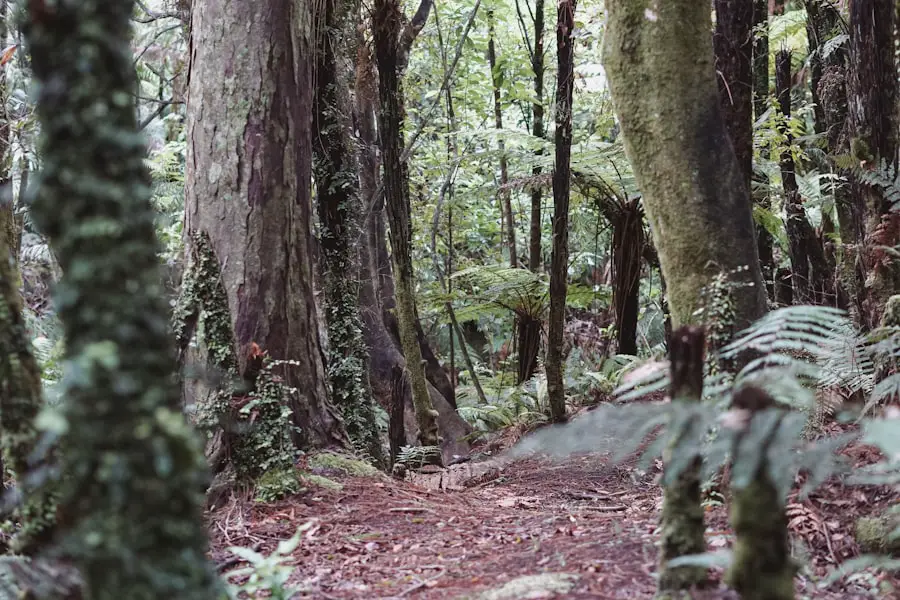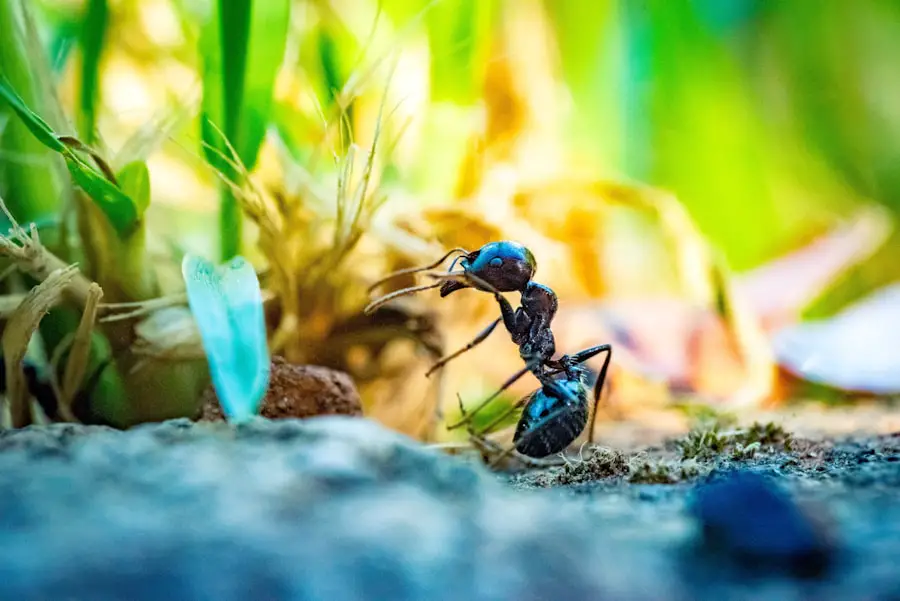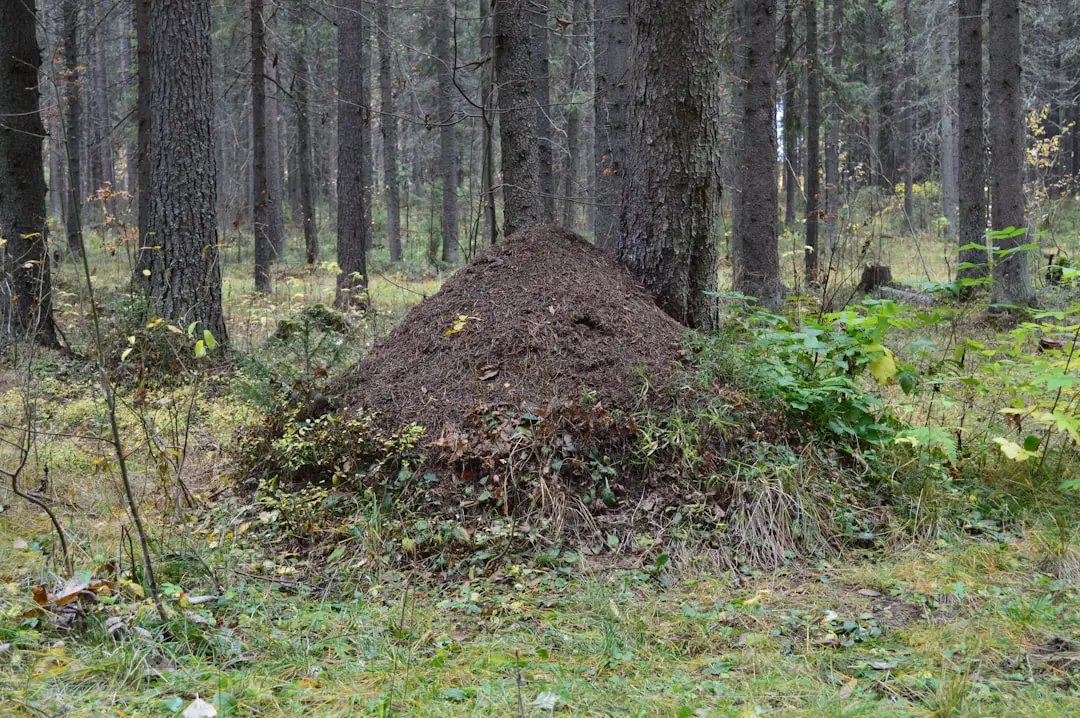Ants are among the most fascinating and complex social insects on the planet, exhibiting a wide range of behaviors that have intrigued scientists and laypeople alike. With over 12,000 known species, ants display remarkable adaptability and organization, forming colonies that can range from a few dozen individuals to millions. Their social structure is highly developed, characterized by a division of labor, communication, and cooperative foraging.
Understanding ant behavior is crucial not only for entomologists but also for ecologists and environmental scientists, as ants play significant roles in various ecosystems. The study of ant behavior encompasses various aspects, including their foraging strategies, communication methods, and navigation skills. These behaviors are influenced by numerous factors, such as environmental conditions, availability of resources, and interspecies interactions.
By examining how ants travel and forage, researchers can gain insights into their ecological roles and the dynamics of their colonies. This article delves into the factors affecting ant travel distance, their foraging behavior, communication and navigation techniques, the diversity of ant species and their travel ranges, the impact of environmental conditions, methods for studying ant travel patterns, and the implications for pest control and management.
Key Takeaways
- Ants exhibit complex behavior patterns, including foraging and communication, which are influenced by various factors.
- Factors such as food availability, environmental conditions, and species characteristics can affect the distance ants travel during foraging.
- Ants use pheromones and visual cues to communicate and navigate while foraging, allowing them to efficiently cover large distances.
- Different ant species have varying travel ranges, with some being able to cover several hundred meters while foraging.
- Understanding ant travel patterns and the impact of environmental conditions is crucial for effective pest control and management strategies.
Factors Affecting Ant Travel Distance
Ants are known for their ability to traverse considerable distances in search of food and resources. However, several factors influence how far they will travel. One primary factor is the availability of food sources.
When food is abundant within a short distance from the nest, ants tend to limit their foraging range. Conversely, when food is scarce or competition is high, ants may venture further afield to locate sustenance. For instance, studies have shown that certain species of ants will increase their foraging distance significantly when faced with a shortage of resources, demonstrating their adaptability to changing environmental conditions.
Another critical factor affecting travel distance is the presence of predators and competitors. Ants are preyed upon by various animals, including birds, mammals, and other insects. The risk of predation can deter ants from venturing too far from their nest.
Additionally, competition with other ant species or insects can influence their foraging behavior. For example, in environments where multiple ant species coexist, some may adopt more aggressive foraging strategies or alter their travel patterns to avoid areas dominated by competitors. This dynamic interplay between resource availability and interspecies competition shapes the overall foraging behavior of ants.
Foraging Behavior and Distance

Foraging behavior in ants is a complex process that involves not only the search for food but also the efficient use of energy and time. Ants employ various strategies to optimize their foraging efforts, which can significantly affect how far they travel from their nests. One common strategy is the use of pheromone trails.
When a forager discovers a food source, it releases pheromones that signal other colony members to follow the trail. This chemical communication not only directs other ants to the food but also helps them gauge the distance they need to travel based on the strength of the pheromone trail. The distance ants are willing to travel while foraging can also be influenced by their body size and species-specific traits.
Larger ant species may have greater energy reserves and can afford to travel longer distances compared to smaller species. For example, the leafcutter ant (Atta cephalotes) is known to forage several hundred meters from its nest to collect leaves, while smaller species like the pharaoh ant (Monomorium pharaonis) typically forage within a much shorter radius. This variation in foraging distance highlights the adaptability of ants to their ecological niches and resource availability.
Communication and Navigation in Ants
| Ant Species | Communication Method | Navigation Behavior |
|---|---|---|
| Fire Ants | Chemical signals (pheromones) | Use visual landmarks and pheromone trails |
| Honey Pot Ants | Touch and vibration signals | Use sun and magnetic field for orientation |
| Leafcutter Ants | Chemical signals (pheromones) | Use pheromone trails and visual memory |
Ants possess sophisticated communication systems that play a crucial role in navigation and foraging behavior. Pheromones are perhaps the most well-known form of communication among ants; they serve as chemical signals that convey information about food sources, danger, and even the presence of other colonies. When an ant finds food, it lays down a pheromone trail back to the nest.
Other ants detect this trail using their antennae and follow it to the food source. The strength of the pheromone trail diminishes over time, which encourages ants to return quickly to replenish it if the food source remains available. In addition to pheromones, ants also utilize visual cues and landmarks for navigation.
Some species are adept at recognizing specific features in their environment that help them orient themselves during foraging trips. For instance, studies have shown that desert ants (Cataglyphis spp.) can navigate using celestial cues such as the position of the sun or polarized light patterns in the sky. This ability allows them to travel long distances across barren landscapes while efficiently returning to their nests.
The combination of chemical communication and visual navigation underscores the complexity of ant behavior and their remarkable adaptations to diverse habitats.
Ant Species and Travel Range
The travel range of ants varies significantly among different species, influenced by factors such as habitat type, resource availability, and social structure. Some species are known for their extensive foraging ranges, while others remain close to their nests. For example, army ants (Eciton spp.) are notorious for their nomadic lifestyle; they can cover vast distances as they move in search of prey during their raids.
These ants do not build permanent nests but instead create temporary bivouacs made up of living bodies during their migrations. In contrast, other ant species exhibit more localized foraging behavior. The carpenter ant (Camponotus spp.), for instance, typically forages within a radius of 100 meters from its nest but can extend its range if necessary.
The differences in travel range among ant species reflect their ecological roles and adaptations to specific environments. Some species have evolved to exploit abundant resources over large areas, while others have adapted to thrive in more confined spaces where competition may be less intense.
Impact of Environmental Conditions

Environmental conditions play a pivotal role in shaping ant behavior and travel patterns.
Temperature, humidity, and seasonal changes can all influence how far ants will venture from their nests in search of food or resources. For instance, during hot summer months, many ant species may reduce their foraging activity during peak heat hours to avoid desiccation or overheating.Conversely, cooler temperatures may prompt increased activity as ants seek out food sources before winter sets in. Rainfall also significantly impacts ant behavior; wet conditions can lead to increased soil moisture levels that promote fungal growth—an important food source for many ant species. In such cases, ants may expand their foraging range to capitalize on these newly available resources.
Additionally, extreme weather events such as floods or droughts can disrupt established foraging patterns and force ants to adapt quickly to new conditions or relocate entirely. These environmental influences underscore the resilience of ant populations as they navigate challenges posed by changing climates.
Studying Ant Travel Patterns
Researching ant travel patterns involves various methodologies that allow scientists to observe and quantify ant behavior in natural settings. One common approach is the use of mark-recapture techniques where individual ants are marked with non-toxic dyes or tags before being released back into their environment. Researchers then track these marked individuals over time to assess their movement patterns and distances traveled.
Another method involves using radio-frequency identification (RFID) technology to monitor ant movements within a controlled environment. This technique allows researchers to gather precise data on travel distances and behaviors without disturbing the ants’ natural activities. Additionally, observational studies in natural habitats provide valuable insights into how environmental factors influence foraging behavior and travel distances across different species.
By combining these methodologies with ecological modeling techniques, scientists can develop a comprehensive understanding of ant travel patterns and their implications within ecosystems.
Implications for Pest Control and Management
Understanding ant behavior and travel patterns has significant implications for pest control and management strategies. Ants can become pests when they invade human habitats in search of food or nesting sites; thus, effective management requires knowledge of their foraging behaviors and movement patterns. For instance, targeted baiting strategies can be developed by identifying key foraging trails used by pest species like odorous house ants (Tapinoma sessile).
By placing bait along these trails during peak activity times, pest control professionals can effectively reduce ant populations. Moreover, recognizing the ecological roles that ants play in various environments can inform sustainable pest management practices. Instead of relying solely on chemical pesticides that may harm beneficial insect populations or disrupt local ecosystems, integrated pest management (IPM) approaches can be employed.
These strategies focus on understanding ant behavior to develop environmentally friendly solutions that minimize harm while effectively controlling pest populations. In conclusion, studying ant behavior provides valuable insights into their ecological roles and adaptations within diverse environments. By examining factors affecting travel distance, foraging behavior, communication methods, species diversity, environmental impacts, research methodologies, and pest management implications, we gain a deeper appreciation for these remarkable insects and their contributions to ecosystems worldwide.
If you’re interested in exploring the great outdoors and going on multi-day treks, you’ll want to make sure you have the best hiking backpack for the journey. Check out this article on the best hiking backpacks for multi-day treks to ensure you’re well-prepared for your adventure. And don’t forget to pack a pair of odor-resistant Merino wool travel socks to keep your feet comfortable and dry during long hikes. For powering your spring adventures in 2025, consider investing in one of the 5 best travel trailer batteries recommended in this article on travel trailer batteries.
FAQs
What is the typical distance ants travel from the nest?
Ants typically travel from a few feet to a few hundred feet from their nest in search of food and resources.
Do all ants travel the same distance from the nest?
No, the distance ants travel from the nest can vary depending on the species of ant and the availability of resources in the surrounding area.
How do ants navigate back to their nest after traveling a distance?
Ants use a variety of methods to navigate back to their nest, including visual landmarks, pheromone trails, and the position of the sun.
What factors can influence how far ants travel from the nest?
Factors such as the availability of food, the size of the ant colony, and the presence of competing ant colonies can influence how far ants travel from their nest.
Can ants travel long distances from their nest?
Some species of ants are known to travel long distances from their nest in search of food and resources, with some species traveling up to several miles.
